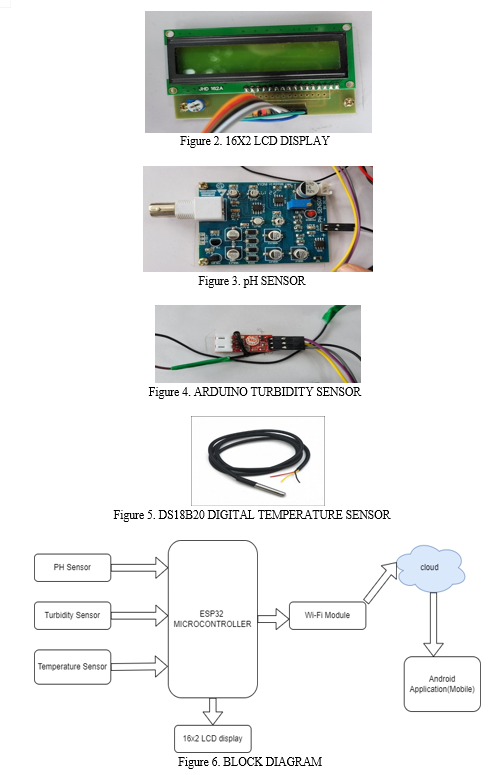IoT Based Water Quality Monitoring System Circuit Diagram an efficient wireless sensor network (WSN) based water quality monitoring system, that examines water quality, an important factor as far as, irrigation, domestic purposes, industries, etc. are concerned. The parameters involved in the water quality monitoring such as the pH level, turbidity and temperature are measured in real time by the View the full project article: https://circuitdigest.com/microcontroller-projects/arduino-nodemcu-based-smart-water-quality-monitoring-system-using-iotIn thi Pasika and Gandla [1] proposed a monitoring system which consists of a number of sensors used to measure several quality parameters like turbidity, pH value, water level in the tank, dampness of the adjoining environment and temperature of the water. The sensors are interfaced with the Microcontroller Unit (MCU) and additional processing is executed by the Personal Computer (PC).

The design and architecture of the proposed IoT-based water quality monitoring system is described in this section. The primary objective is to provide real-time, accurate monitoring of vital water quality parameters in aquaculture environments. The proposed system utilizes DO, pH, and temperature sensors, as shown in Fig. 3. Sensors are A. IoT-based water quality monitoring systems offer numerous advantages, including significant reductions in water wastage, enhanced operational efficiency, improved water quality monitoring, and substantial cost savings over time. They also provide real-time data insights, paving the way for proactive maintenance and better resource management. After knowing its working principle, it is necessary to know the components of a typical IoT-enabled water quality monitoring system. smart water quality monitoring system Sensors. Sensors are the core hardware components of IoT-based water quality monitoring systems. They are often deployed in the monitored water sources (such as lakes, rivers

PDF Water Quality Monitoring System using IoT Circuit Diagram
Several studies have explored the application of IoT in water quality monitoring systems, highlighting the potential of this technology to address the limitations of traditional methods. In a study by Zhang et al. (2018), an IoT-based water quality monitoring system was developed using wireless sensor networks. After you connect your sensor hubs to the cloud you'll see your water quality sensor information on maps, graphs, and other analytical tools. You can configure e-mail message alerting so you'll know when water quality is approaching a risky level. This is your quick and easy tutorial to get you started with water quality monitoring using IoT

Did you know that the water you drink might contain invisible impurities? In this Water Quality Monitoring System project, kids will learn how to use Arduino and IoT sensors to test water for pH, turbidity, and purity in real time!Want to explore more hands-on STEM projects? Check out our STEM Learning Program for Grades 2-12!Table of Contents:1. Introduction to Water Quality Monitoring2. How
